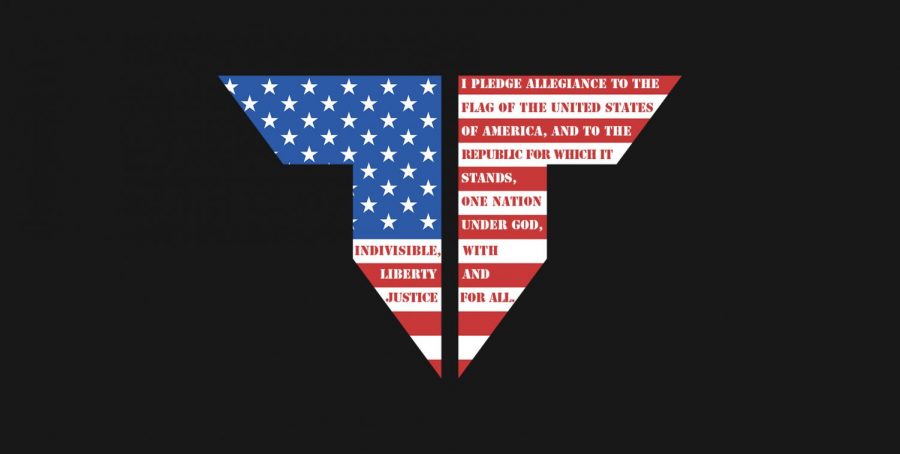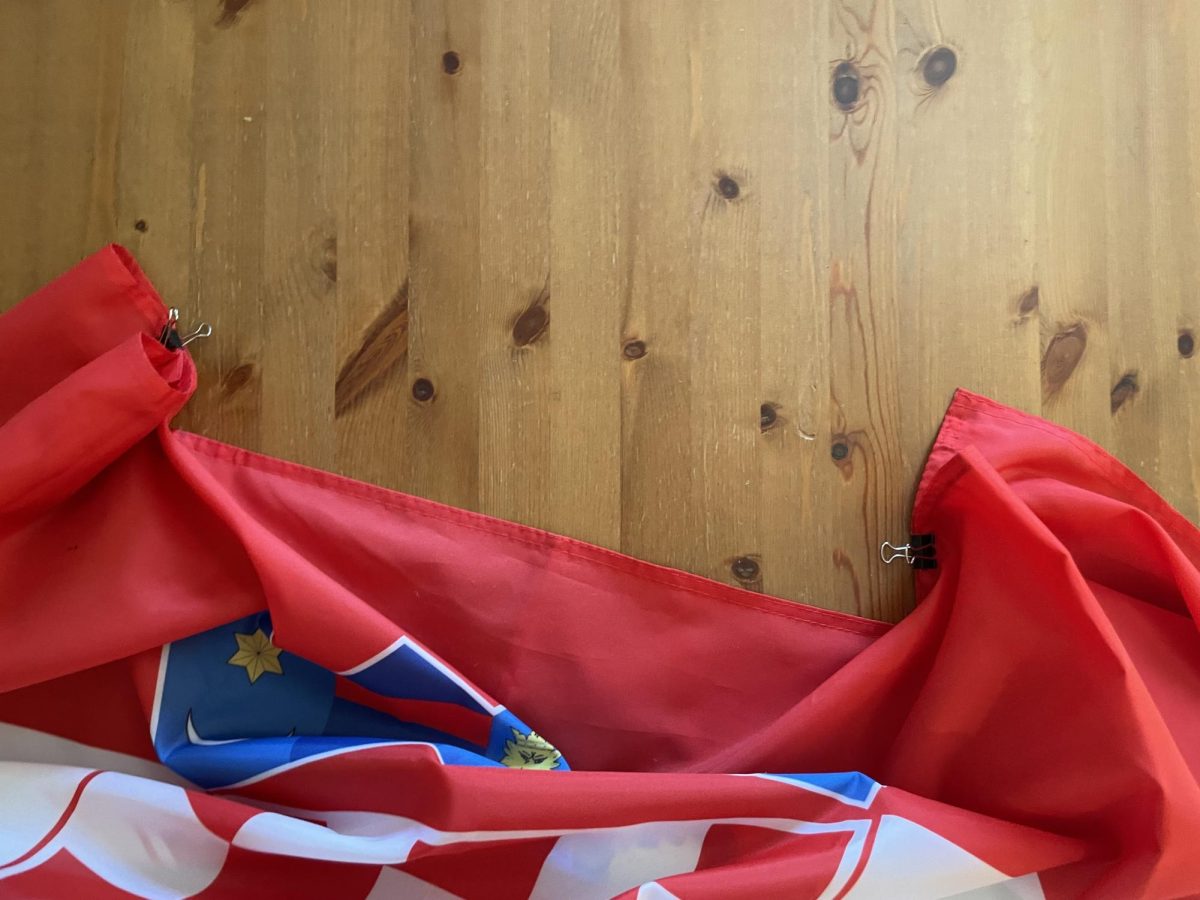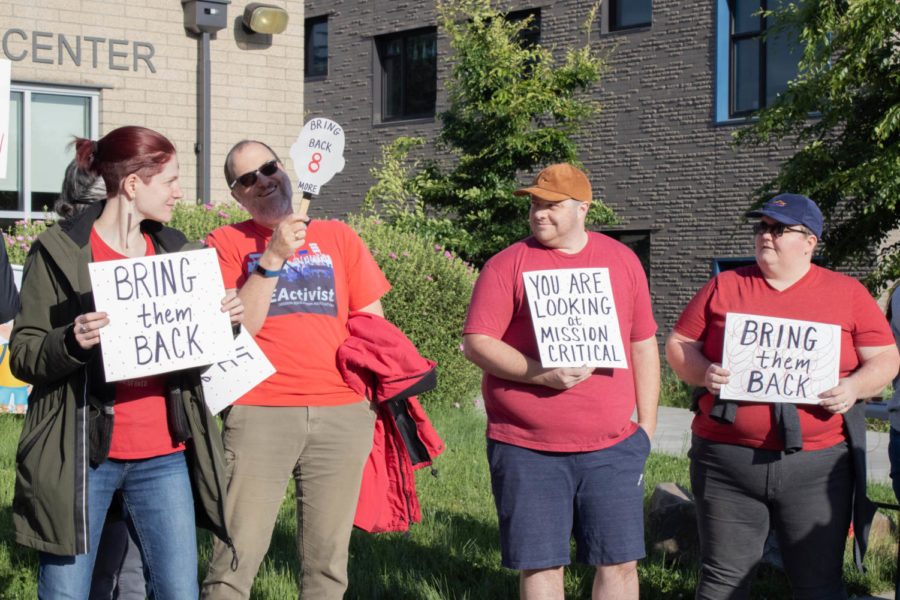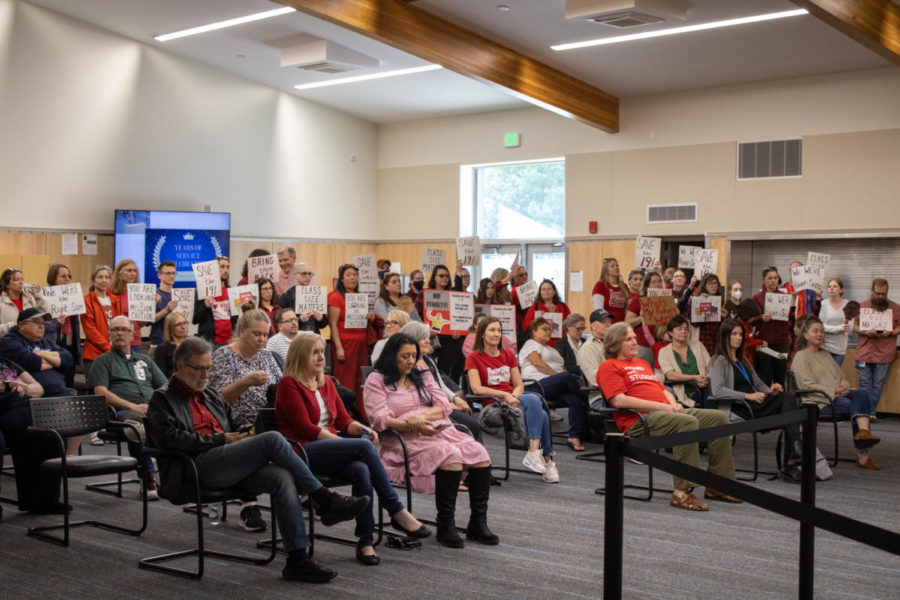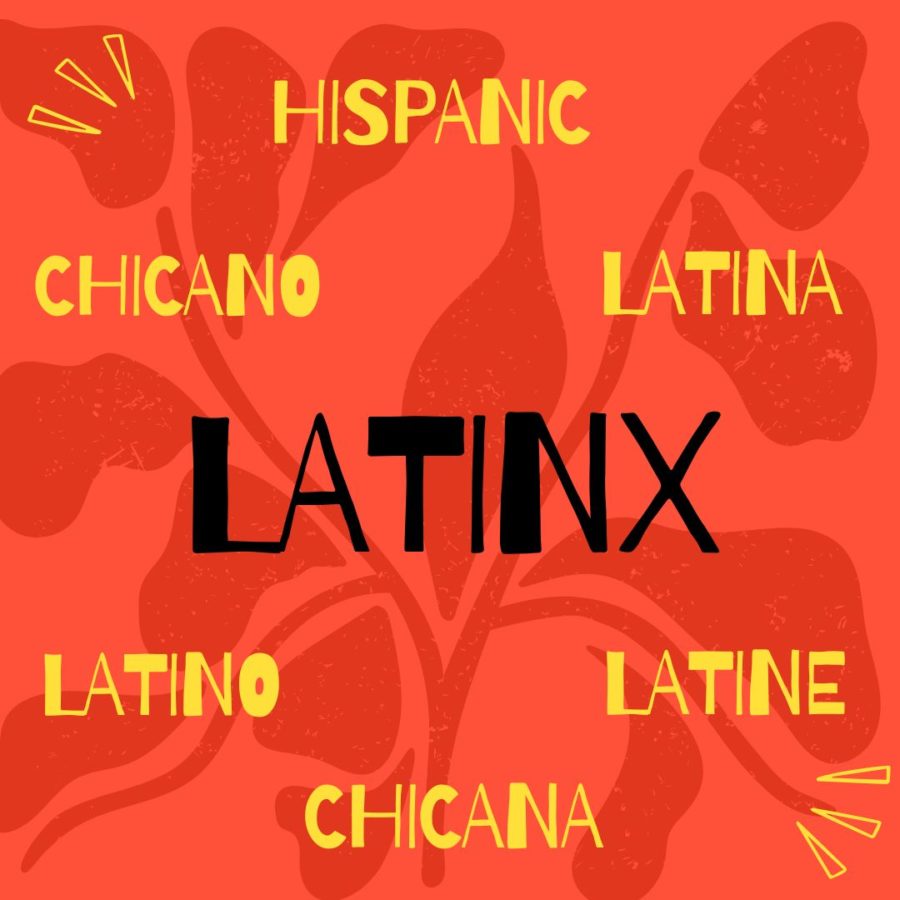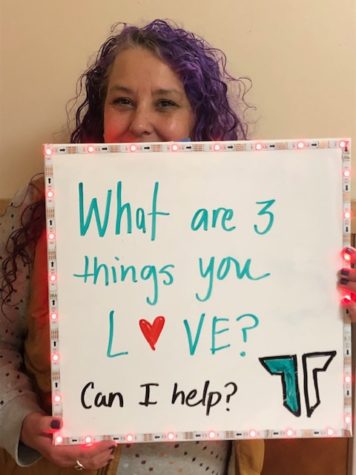A ritual of obedience
Guest writer shares his thoughts on the Pledge of Allegiance
February 23, 2018
The Pledge of Allegiance has been an integral part of American society for over a century, so when the tradition of reciting it is brought back into our regular routine, controversy is bound to ignite. Many present the opinion that those who receive a free education courtesy of their government should express their patriotism and pride in their nation, while others emphasize the importance of the freedom to choose to express their conflicting beliefs. After a long period of time in which the Pledge was absent from the school announcements, the administration has recently began following a law stating that there shall be an optional moment once every week to say the Pledge of Allegiance, and that a student may choose to participate or opt out by their own choice. While this is a good compromise that provides for us the rights guaranteed by the First Amendment, the nature of the Pledge itself is almost propagandizing.
The intent behind reciting the Pledge of Allegiance is twofold: to create admiration of Government and military and to express that admiration. The choice to abstain from taking part in the Pledge is a right that all students have currently. Some abstain for religious reasons, and some choose to kneel or sit, most often in protest of police brutality. Whether or not people agree with the decision to refuse pledging allegiance, it should be unanimously recognized that the right to sit or kneel is a basic right of expression.
If the objective is to instill in children a love for our country, the Pledge of Allegiance does not work. It does not give children a true feeling of patriotism to have them recite a 30-second chant weekly or daily, for they usually think of the Pledge as a mindless task of repeating words. I can remember, as I’m sure my fellow classmates will, of when we would recite the Pledge of Allegiance in the mornings in elementary school. I never remembered it as a source of national pride, but rather as something that had to be said whether or not you liked it. It was like the classwork; people simply did it because they were told to. In this fashion, the Pledge of Allegiance did not serve its purpose effectively in convincing students to feel proud for their country. Rather, it joined the regular school routine as just another weekly task. An example of better instillation of patriotic feelings in elementary school students would be the teaching of American history in the way teachers did, praising our revolution and criticizing the British, a method which worked well.
The other objective of reciting the Pledge of Allegiance is to express and display patriotism. While it is perfectly normal to love one’s country, a chant that expresses these feelings that is said simultaneously with others does not bear the same message that a more personal and individual message would. The Pledge, when you truly think about it, is said like a prayer; for all intents and purposes, it is a prayer. This worship of the government and country is not needed in schools, for if a person wishes to say the Pledge in class, it is so they may say it as part of a group, defining it as a group-oriented activity. Therefore, this activity exists primarily for groups to recite together. The fundamental problem with trying to express allegiance by means of the Pledge is that the people who recite it already have values of patriotism, and those who do not recite it do not feel patriotic or do not wish to express it in that way. So it is an unnecessary routine; those who wish to express their love of their country accomplish nothing by speaking to a flag, because those who do not wish to do so will not, and their opinions likely won’t change. The ritualistic manner of reciting the Pledge does little for anyone.
It is not the duty of the government to simply convince its citizens that they are good and worthy of respect, it is its duty to do good, respectable things. The Pledge honors the country based on things it has done well and honorably, but it also honors the country despite the horrible things it has done, so it is the people’s duty to refuse to respect a government that does not do its job well. The Pledge of Allegiance promotes dogmatic loyalty to a nation without taking into account that governments can do bad things. The Pledge does not build support for the preference of freedom and justice over a bad government, but it breeds faith over skepticism of our country. Our nation was founded on the notion that governments must sometimes be resisted for bad things, so to discredit any protest of the government, military, or police, in favor of blind obedience, is worshipping tyranny.
The period when the administration was not giving a moment once a week for the optional Pledge of Allegiance was not a period of reduced affection for our country, so the addition of this optional recitation is hardly needed. The magnitude of adding 30 seconds of chanting to our weekly schedule should hardly be an issue of time or effort, but the symbolism accompanying it hardly accomplishes the goal intended, and can be counter-productive to true love of country.


